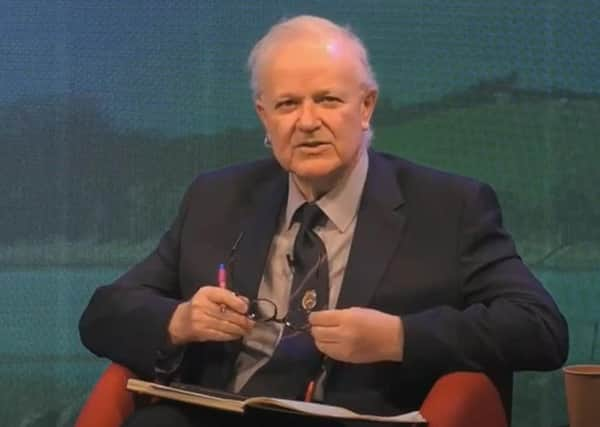Partnership crucial to detect future virus threats


As part of the recent Agri Food and Biosciences Institute (AFBI) Outlook Science conference a panel of science, industry and government experts discussed the key learnings from the Covid 19 pandemic. In particular the interactions between animal and human health with 60% of human pathogens present in domestic animals or wildlife was a key focus.
Professor Miles Carroll, Deputy Director, Head of Research & Development Institute, National Infection Service, Public Health England emphasised the importance of understanding the huge array of pathogens that present a threat and having a strategy in place to deal with the way they transmit between animals and humans.
Advertisement
Advertisement
“There are currently over 1.6m unknown virus species within our ecosystems and more viruses are emerging continually as human behaviour changes. Our research and data show that early diagnostics are vital for outbreak response and while vaccination is the most cost effective way to reduce disease burden, we need to be prepared now for future outbreaks to minimise spill over and transmission.”


In summarising the discussions at the AFBI Conference Professor Stuart Elborn, Faculty Pro-Vice-Chancellor, School of Medicine, Dentistry and Biomedical Sciences, Queen’s University Belfast commented: “Science has an impact on a range of sectors and one of the learnings from the pandemic is the importance of working across academic disciplines, government bodies, countries and jurisdictions in order to deal with this world challenge.
“As we look to the future we must embrace disruptive technologies including DNA sequencing and amplification to ensure we have the right sampling and diagnostics in place for future virus surveillance and health protection.”